14 Things You Should ALWAYS Buy Generic
It’s easy to be wooed by the pretty packaging and name-recognition of branded items at the grocery or drug store. Sure, it costs a bit more than the generic stuff, but that’s gotta mean it’s better, right? Wrong.
It’s easy to be wooed by the pretty packaging and name-recognition of branded items at the grocery or drug store. Sure, it costs a bit more than the generic stuff, but that’s gotta mean it’s better, right? Wrong.
For a lot of things, buying name-brand means you’re paying extra money for nothing more than the label on the package. So if you’re looking to cut a few dollars out of every grocery bill or convenience store run, start by swapping out the brand name version of these eight products for their store-brand counterparts.
In this post we’ll cover:
- Medicine
- Baby Formula
- Makeup
- Baking Supplies and Spices
- Cleaning Products
- Milk
- Cereal
- Razors
- Batteries
- Mattresses
- Wine
- Sunscreen
- Paper Products and Food Storage
- Frozen (or Canned) Fruits and Veggies
1. Medicine
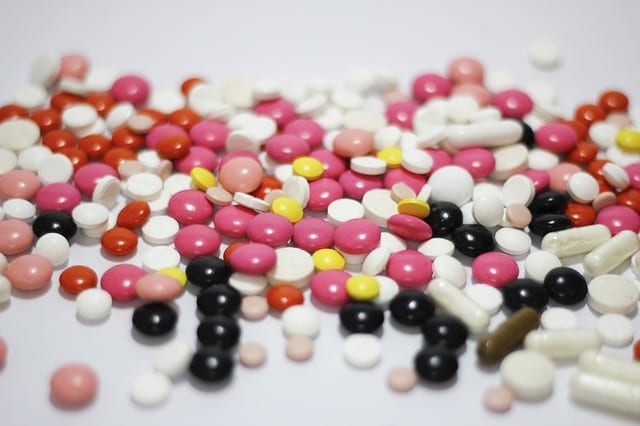
Quick! What’s the active ingredient in Tylenol? How about Advil? This might seem like a silly thing for you to know off the top of your head, but in this case, knowledge is the key to saving money.
The answers? Acetaminophen and ibuprofen respectively, and if those names sound familiar, it’s because you’ve seen them on the generic pill bottles that sit on the shelves right next door to your favorite brand names.
At Walgreens, a 100-pill bottle of 325 mg Tylenol tablets is $8.99, while a 100-pill bottle of 325 mg Walgreens-brand Acetaminophen tablets is $6.99. Their active ingredients (325 mg of acetaminophen) are exactly the same. The only difference is the price and a few inactive ingredients, which are called “inactive” for a reason. Inactive ingredients have no bearing on how effective a medicine is, so if you’re paying the extra $2 for Tylenol, you’re wasting your money, plain and simple.
Still not convinced? A 2013 study from the University of Chicago found that doctors and pharmacists (aka people who are hyper-informed about what, exactly, is in our medicine) almost always purchase generic-brand medicine for themselves. Let’s all take a page out of our medical professionals’ book and ditch the name brands once and for all.
Please note that I’m talking specifically about over-the-counter medications here. While prescription medication is similar in that the generic is cheaper and usually works just as well, some people just fare better with the brand name stuff. You should always check with your doctor before making the switch to a generic version of a prescription drug.
2. Baby Formula
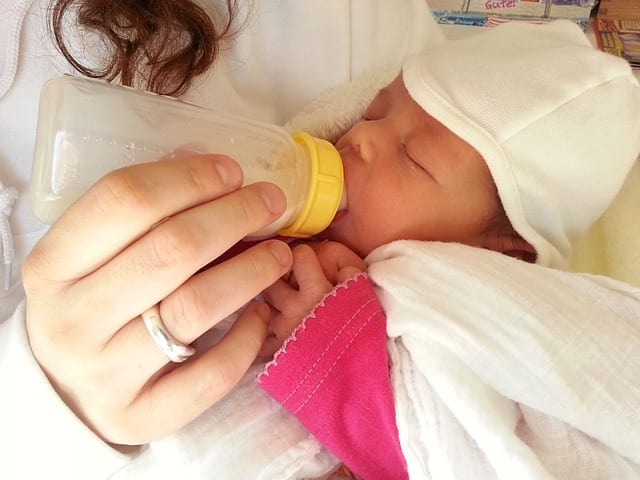
Remember the good old Infant Formula Act of 1980? No? Let me refresh your memory. On September 26th, 1980, President Jimmy Carter signed legislation into law that, according to President Carter, ensured that “commercially produced and marketed infant formulas meet accepted nutritional standards and that consistent quality is maintained in their preparation.” Basically, this law set the same nutrition standards across the board for both name-brand and generic kinds of baby formula. So no matter whether you’re buying name-brand or store-brand, you’ll essentially be getting the exact same thing–an FDA-approved formula that’s perfectly healthy for your baby.
One of our deal editors, who also happens to be a new mom (congrats Kaitlynn and Jeni!), loves the store brand formula at Target. Their up & up brand has a huge variety of types that match most name-brand counterparts. Compare the 33 oz. up & up Gentle Infant Formula for $19.99 to the 25 oz. Enfamil Gentlease for $37.99.
Now, this is not to say that your baby will respond the same to all kinds of formula–some babies might prefer the taste or texture of one brand over another, but that’s to be expected. No matter what you buy, you can rest assured that it’s up to FDA standards.
3. Makeup
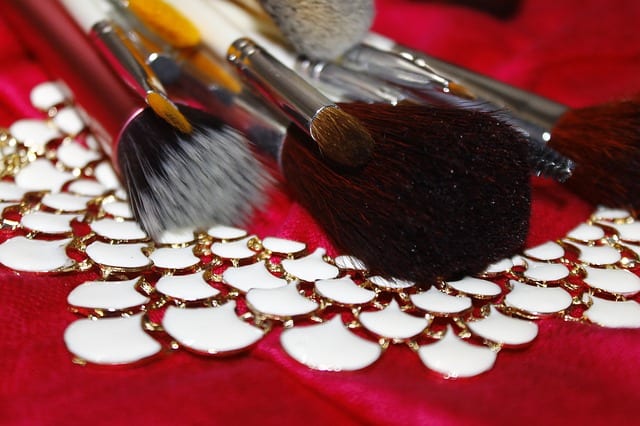
Brand-name makeup is something I used to pay top dollar for, and then I discovered the wonderful truth: most designer makeup styles have drugstore equivalents that work exactly the same and cost a fraction of the price.
Need convincing? I wrote an entire article a couple of months ago detailing my favorite drugstore swap-outs, so check out Cheap Swaps & Alternatives to Expensive High-End Makeup Brands if you’re interested in how to make the switch from designer as seamless as possible.
4. Baking Supplies & Spices
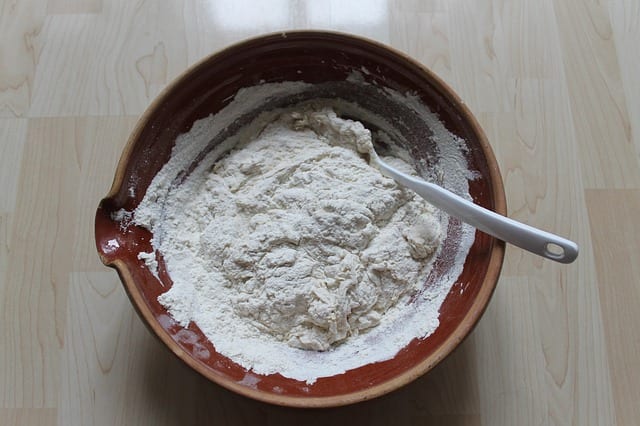
According to a recent update of that 2013 University of Chicago study on generics and education I cited earlier, professional chefs almost always choose generic baking supplies and spices over brand-name. Why? Because they know that, much like baby formula, the FDA has the same requirements for production, and standards for storage and ingredients across the board, so no matter what brand of flour, sugar, or salt you’re buying, you’re getting the same thing. Your cake will taste the same whether you’re using the brand name or generic, so why spend the extra cash for a label?
5. Cleaning Products

Bleach is bleach, my friends. And although every once and a while a cleaning product comes around that changes EVERYTHING (I’m looking at you, Magic Erasers), after a few months on the market, you can usually find generic versions of even the most coveted cleaners.
Sure, I could go to CVS and buy two Mr. Clean Magic Erasers for $3.79, but why would I do that when I could just buy two PowerHouse Super Eraser Cleansing Pads for $2? They do the exact same thing, and as much as I love looking at the gorgeous Mr. Clean, I’m not sure a glimpse of his baby-smooth, shiny head is really worth the extra $1.79.
But wait! There’s more! Searching for “melamine sponges” (melamine being the chemical that makes these erasers so magical) on Amazon yields even more exciting results. Here’s a link for 100 erasers for $9.99 – yeah, you read that right – under $10 for 100 sponges! I rest my case.
6. Milk

If you’re wary about buying store-brand milk, consider this: the generic milk in your local grocery store is not just the cheaper option, it’s also more likely to have come from a farm in your area than the nationally-known name-brand milk is. We confirmed this fact with a friend who is also a dairy industry insider. “Totally true,” she said. “It is just how a super perishable product supply chain should work – don’t move it far from the source.” So this is good news if you care about the environment or the local food movement because it means that significantly less energy went into getting the milk from the cow into your glass, and for less cost to you to boot!
If you happen to be lactose intolerant, you also know that lactose-free is typically a little pricier than regular milk. However, in my research for this story, I discovered that Target’s store brand, Good & Gather, has its own lactose-free milk. You can save a bit of money on your next grocery trip and still keep your stomach in good, working condition.
7. Cereal
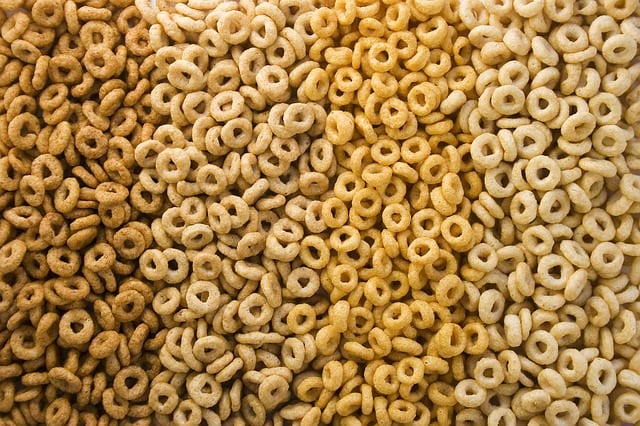
I grew up on Malt-O-Meal’s Honey Nut Scooters, a Cheerio’s knockoff that I still consider being better than the original. Scooters come in giant bags that last for weeks, cost about half the price of the name brand, and the O’s themselves stay crunchy for longer than their brand-name counterparts. Even today I scoff at the price of the “real” Cheerios before pushing past them to grab a bag of my beloved Scooters.
Cereal can be expensive if you’re stuck on brand loyalty, so if you feel like you’re spending too much money on your morning bowl, try swapping it out for generic next time. If you don’t love it, try another! For every popular cereal, there are about 5 different generic knockoffs just waiting to be tasted, and I’d bet one of them will be up to (or will, in the case of Scooters, exceed) your expectations.
8. Razors
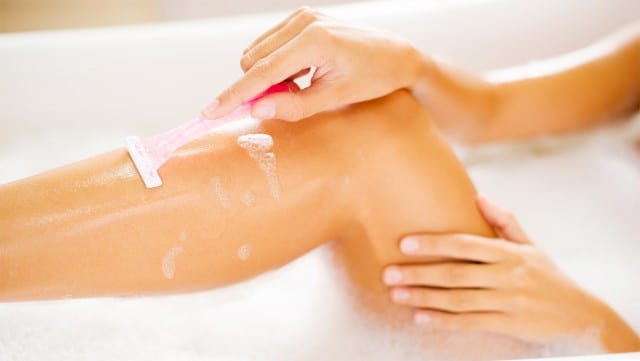
The key here is to buy comparable razors. Yes, a five-blade razor from Gilette is likely going to shave better than a single-blade cheapie. But if you look for a generic five-blade option, you’ll be paying a few extra bucks for the additional blades, but still less in total than the Gilette counterpart.
Let’s take a look at this 4-pack of Gillette Venus 5-blade razor refills for $17.99. Compare it to the 12-pack of Amazon’s brand Solimo 5-blade razors for nearly the same price at $17.70. The Venus cartridges work out to $4.50 each and the Solimo blades are $1.50 each. Plus, Amazon throws in a razor handle and shower hanger and they’ve got 5-star reviews from over 19,000 customers!
9. Batteries
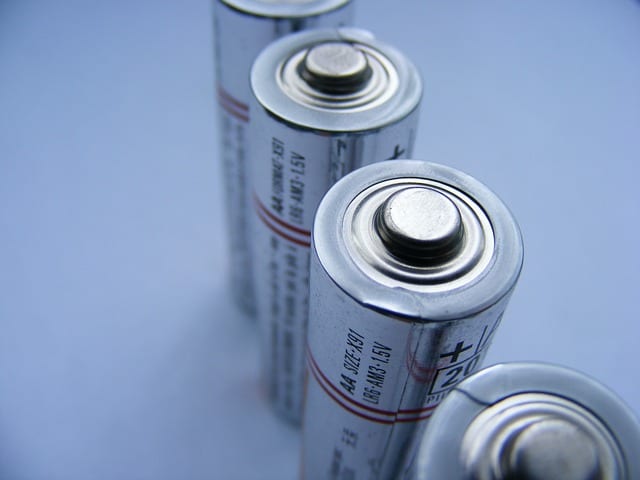
10. Mattresses

11. Wine

One of our editors recently went to a party serving Kirkland (Costco’s store brand) Prosecco and ended up loving it enough to go purchase a case for herself. At just $7 a bottle, the entire case will cost the same as just 2 bottles of some name-brand bubbly.
12. Sunscreen

You can safely apply the same SPF from a name-brand bottle or a generic bottle and know you’re getting the same sun protection, regulated by the FDA, regardless of the price.
13. Paper Products and Food Storage
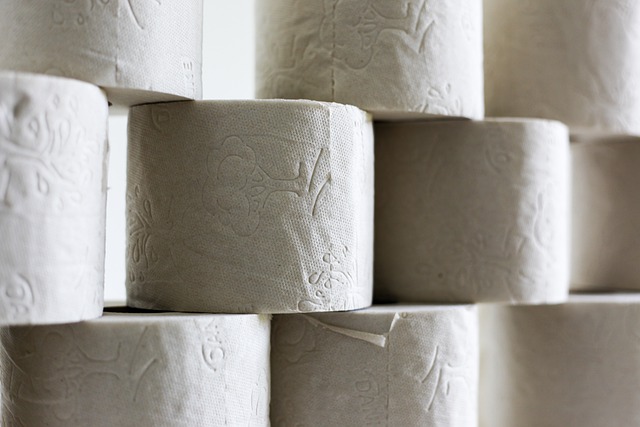
Controversial or not, the bottom line is that you will save money going with the store brand when buying these products. One of our editors swears by Sam’s Club store-brand paper towels and toilet paper and spends much less when compared to Bounty or Charmin.
14. Frozen (or Canned) Fruits and Veggies
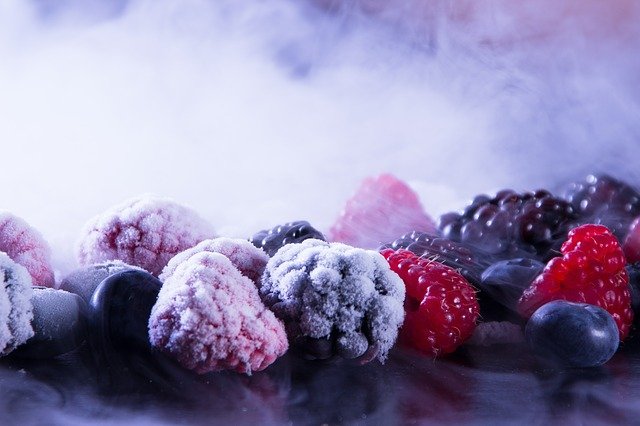
Just remember to compare apples to apples here. Check the labels because if you do like one name brand of canned tomatoes and they have added salt and oregano and the store brand does not. You are going to notice a difference. But to save up to an entire dollar per bag or can, the store brand is where it’s at.
